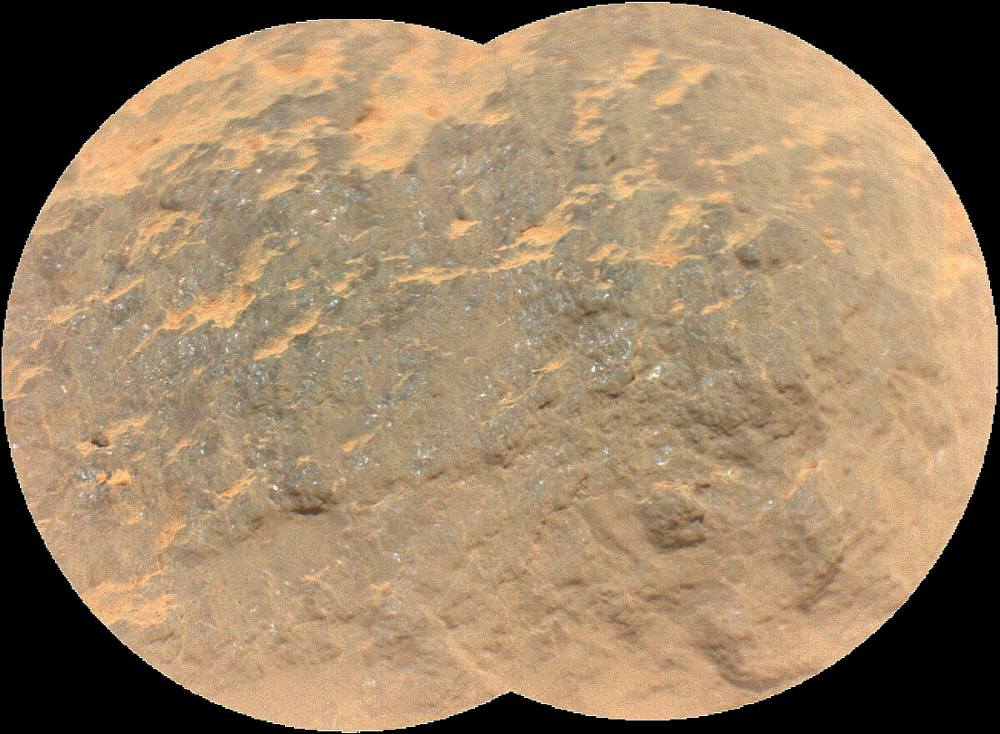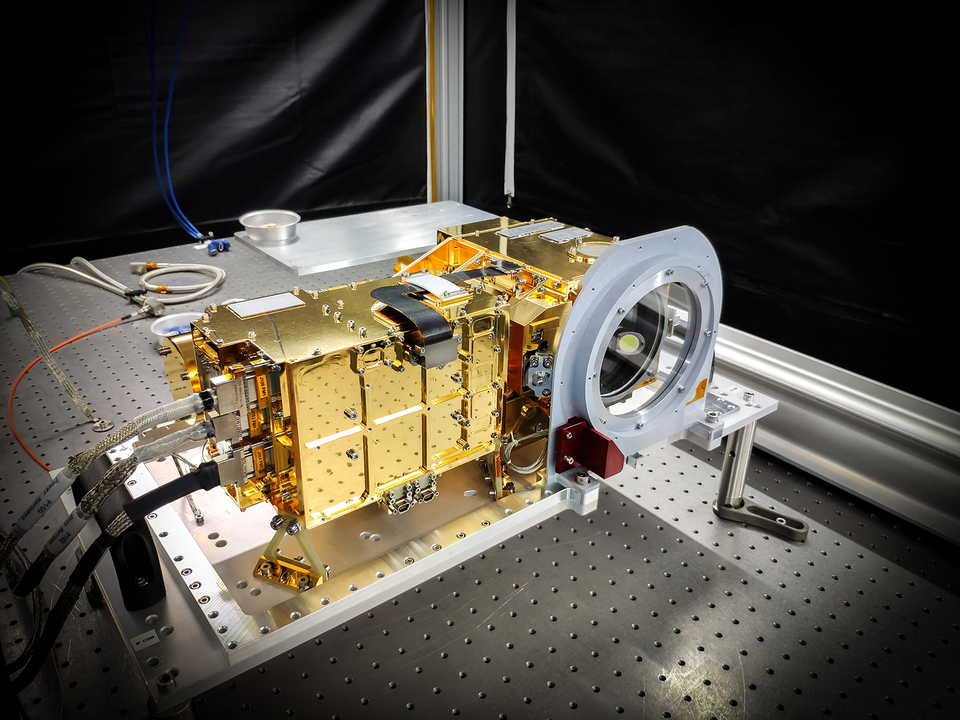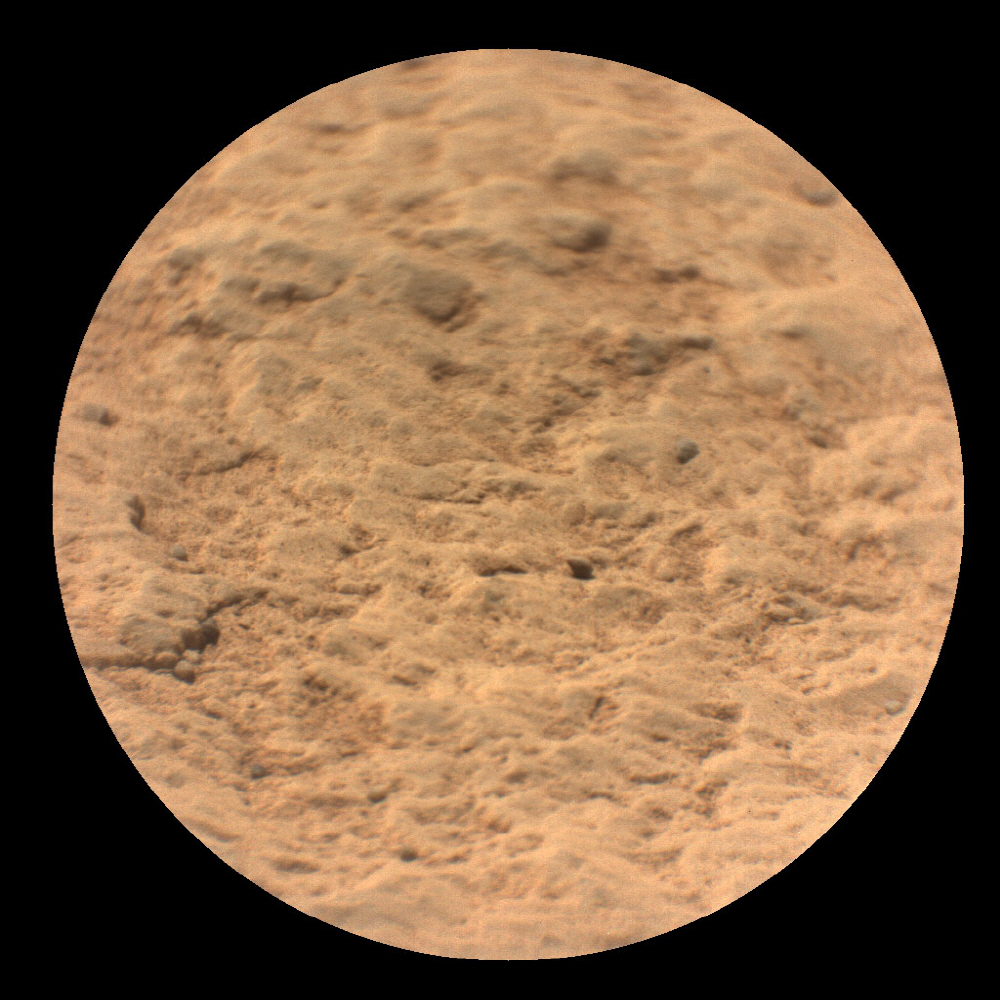
A month has passed since Perserverance, a NASA probe, arrived on Mars. Where and what is the personality doing right now?
As Perseverance is currently in the deployment stage, the engineering team is meticulously checking whether the various equipment on board is functioning properly and is properly set up. After all the inspections are over, the next step is to explore the inside of the crater in Jeung-ro over two years.

Of course, some devices are already being tested and deployed. A camera called SuperCam uses a camera, a laser spectrometer, and a microphone to perform geological analysis of Mars. Supercam consists of a sensor installed on the probe mast and an electronic device mounted on the body.The sensor part weighs 5.4kg and measures 380×240×190mm, and was jointly developed by the Los Alamos National Laboratory in the United States and the National Space Research Center in France. .
According to NASA, the Supercam aims at rock up to 7m, fires a laser at a target as small as a pencil-drawn point and crushes the rock immediately. It is said that by analyzing the vaporized rock composition, it is said that there are no traces of microorganisms and that it does not contain substances that are harmful to humans.

The most important task in this Mars 2020 mission is to find traces of life in the crater with a sanitation, thought to have been a lake. It is to ensure that the microorganism itself is free of fossils or biomarker compounds produced by the microorganism.
Recently, the first data packets sent by Supercam were sent to the French National Space Research Center in Toulouse. In the picture, the surfaces of two rocks (Yeehgo, Máaz) are detailed. Clearly analyzing the surrounding rocks using the remote sensing function helps to select the targets for analysis. Because the target is determined in advance before firing the laser, it can be done without wasting unnecessary power.
Supercam microphone also sent the sound of Mars. One of the three audio files released by NASA currently aims at a rock (Máaz) from 3.1m away and uses a laser beam. It is the sound of the laser that you hear 30 clicks. When you listen carefully, there is a strong and weak sound in the clicking sound. It feels great to hear this difference in sound and collect information about the target hardness and coating.
https://api.soundcloud.com/tracks/1004116528Listening to the file recorded 18 hours after the Preference arrived on Mars, it sounds breathtaking because the mast is still stored on the main deck. Nevertheless, you can hear the sound of the wind passing through the wilderness of Mars.
https://api.soundcloud.com/tracks/1004116450In the case of the file recorded in two days, the mast had already been deployed. When I close my eyes and listen, it feels like I’ve landed on Mars. Such is the constant rushing wind and the low sound that resonates like a ground ring. Since Mars’ atmosphere is much thinner than Earth, it is thought that the wind is weak, but even in such a situation, Supercam is grasping the Mars environmental sound. It is the first time humans have captured instantaneous sounds from planets in the solar system other than Earth.
https://api.soundcloud.com/tracks/1004116582NASA says they are amazed at how well the Supercam is working. When the supercam idea came out 8 years ago, I was worried that it would be difficult to include this feature, but now that I arrived on Mars, it is magically going well. Supercam acts as the eyes and ears of the personality to identify rocks that are likely to be worth analyzing in advance, analyze them using lasers, and even capture sound. This information could play an important role in determining which samples will be returned to Earth in the future Mars Sample Return Project. The Sample Return Project will be humanity’s first attempt to bring soil samples from planets of the extra-earth solar system.
In this project, Perseverance first drills a hole in the surface of Mars and takes soil samples from the ground. The sample is temporarily left on the surface of Mars in a container about the size of a pen, but it is designed to be recovered by the Mars probe that follows the Perservation, transported to another probe, and returned to Earth.
Supercam is already sending data with visible and infrared sensors, and Raman spectroscopy is being deployed safely. This spectroscopic device reads information such as vibrations and rotations of molecules of matter using the Raman scattering principle. It is said that this is the first time it has been used outside of the Earth. Like lasers, this is expected to play an important role in Mars geological studies.
In addition to the super cam, Perseverance carries six scientific equipment that is expected to expand further. The probe continues to run tests and is also in the process of selecting a location for the deployment of Ingenuity, a small exploration helicopter. Related information can be found here.
Meanwhile, Qualcomm said that it is equipped with the Qualcomm Flight Platform, which is equipped with its Snapdragon processor, by Ingenutie, a Mars helicopter that will be flying for the first time on a planet other than Earth.
The Qualcomm Flight Platform is a board for unmanned aerial vehicles developed with autonomous flight in mind.It is equipped with a Snapdragon 801 processor, and is a package that reduces various functions for unmanned aerial vehicles such as 4K video recording and navigational flight support, and adds durability.
According to the announcement, it is difficult to remotely control a helicopter in real time from Earth, and autonomous flight capability is required because the radio route takes about 3 to 22 minutes each way depending on the position in orbit between Earth and Mars. Also, it is important to have low power consumption because most of the helicopter’s power is distributed to thermal insulation heaters to protect equipment at night on Mars, which is a cold weather. In addition, it must be able to withstand strong radiation or fluctuating atmospheres within Mars.
As a result of reviewing products that meet these conditions, the Jet Propulsion Research Institute has determined that the Qualcomm Flight Platform meets the conditions necessary for flying to Mars.
In addition, the Qualcomm Flight platform is adopted not only for helicopters, but also for the communication system of the Mars probe, which is the parent ship, and transmits photos and videos taken by the probes and helicopters to Earth. Anyway, Qualcomm Semiconductor is advancing into various fields such as smartphones, audio, PCs, and IoT, but this time it has expanded its activities to space. Related information can be found here.


